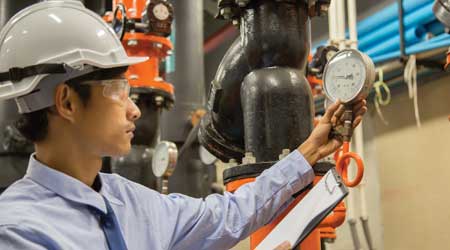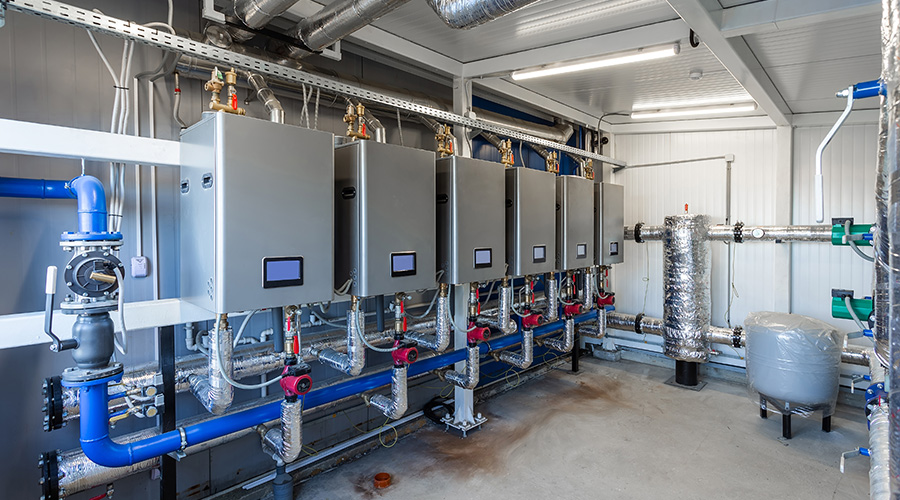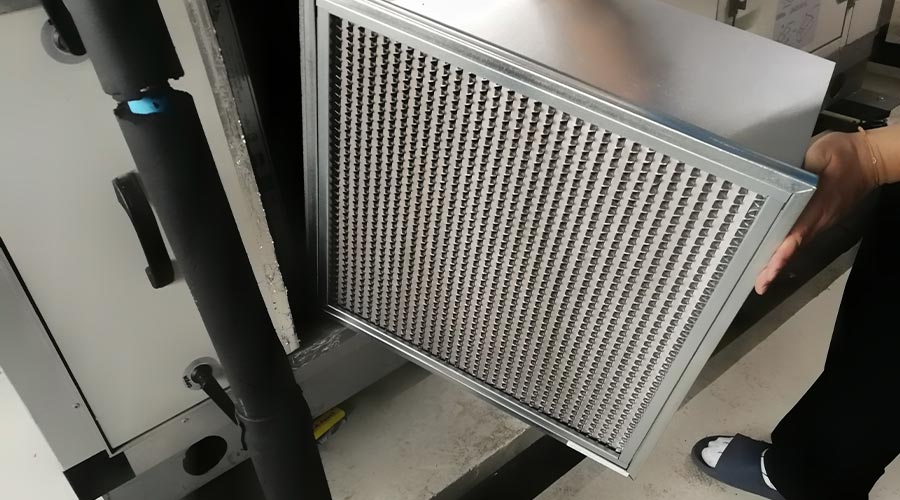Chillers: Executing the Replacement
Managers who think beyond the current project and planning for long-term success will be able to approach these projects objectively.
Executing the project
The steps to this point have created a detailed plan for executing the project, known as the method of procedure (MOP). The MOP documents all the information pertaining to the design, schedule, installation and connection to supporting systems. The project team reviews and signs it. All that is left to do is execute the project.
Communication and coordination must continue throughout construction. The construction manager and onsite team can assist if a concern arises during installation, but information in the MOP should mitigate major challenges during construction. Once installation is complete, technicians should thoroughly test the system, and facility staff should receive training to ensure long-term success.
A commissioning agent can help achieve the best results for this part of the project. While contractors or equipment vendors can deliver this type of testing and training, a commissioning agent works on behalf of the owner or occupant and is locked into the project from its initial requirements through adaption to the facility’s operation.
In the current construction climate, securing funding for infrastructure improvements, such as chiller replacements, is difficult. Unfortunately, major construction has a reputation for costing more than estimated, taking longer than planned, and leaving issues unsolved.
The considerations outlined here been developed to help mitigate these risks. By thinking beyond the current project and planning for long-term success, managers will be able to approach these projects objectively and navigate them with confidence that the team will meet needs and limit the surprises.
David DeBiasse is the general manager of Henderson Building Solutions, a construction and commissioning company that is a wholly-owned subsidiary of Henderson Engineers.
Related Topics:















